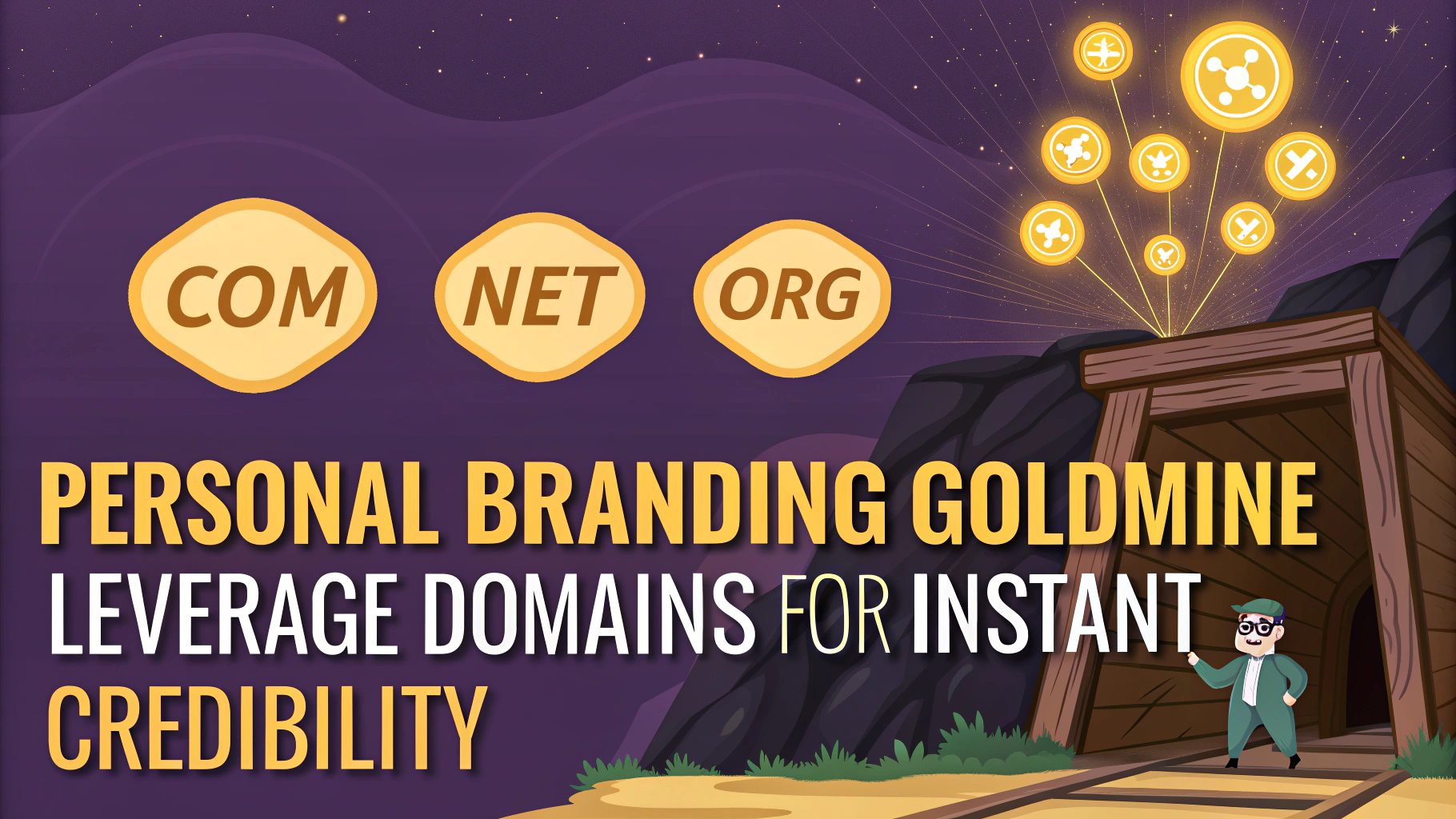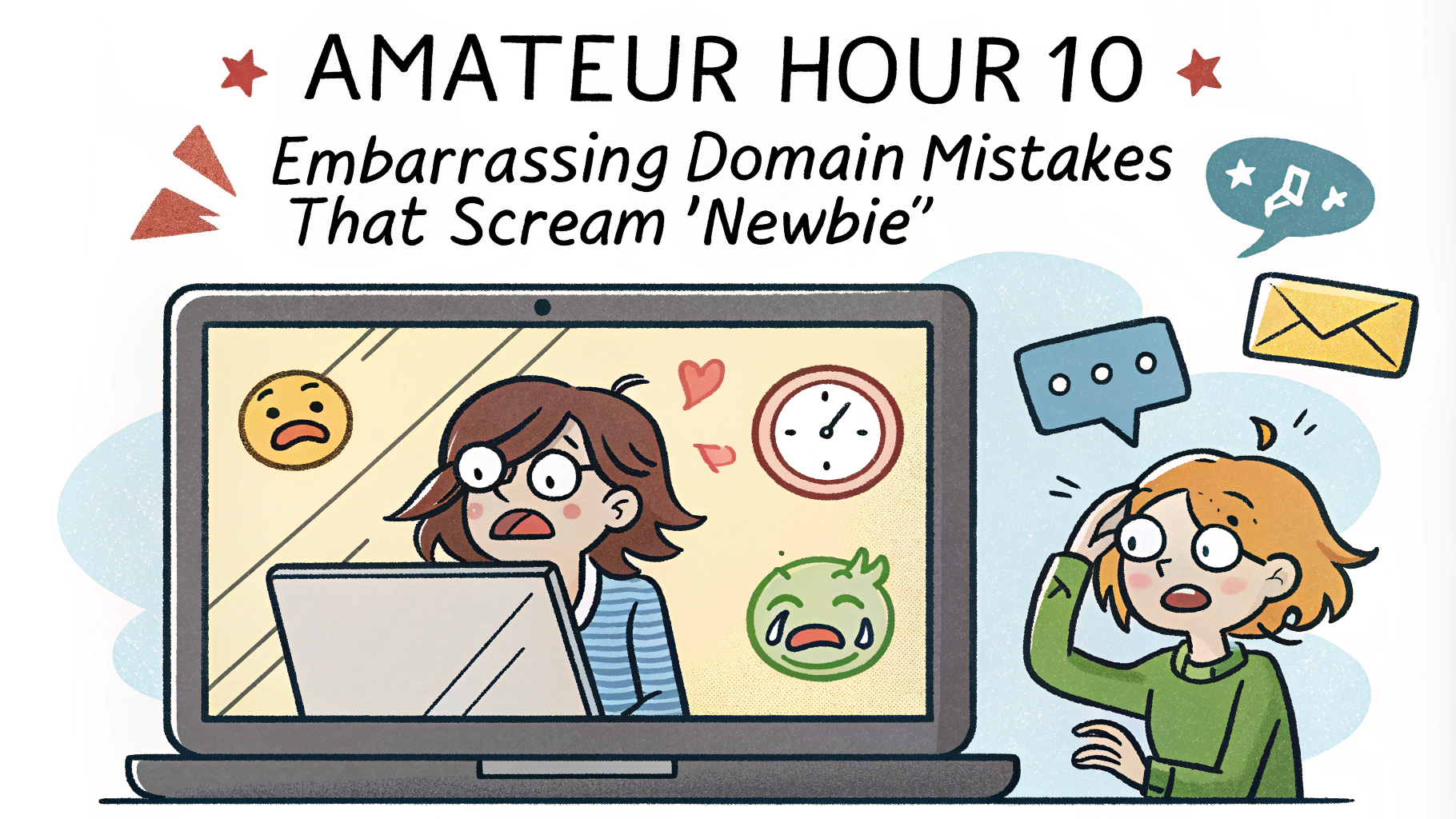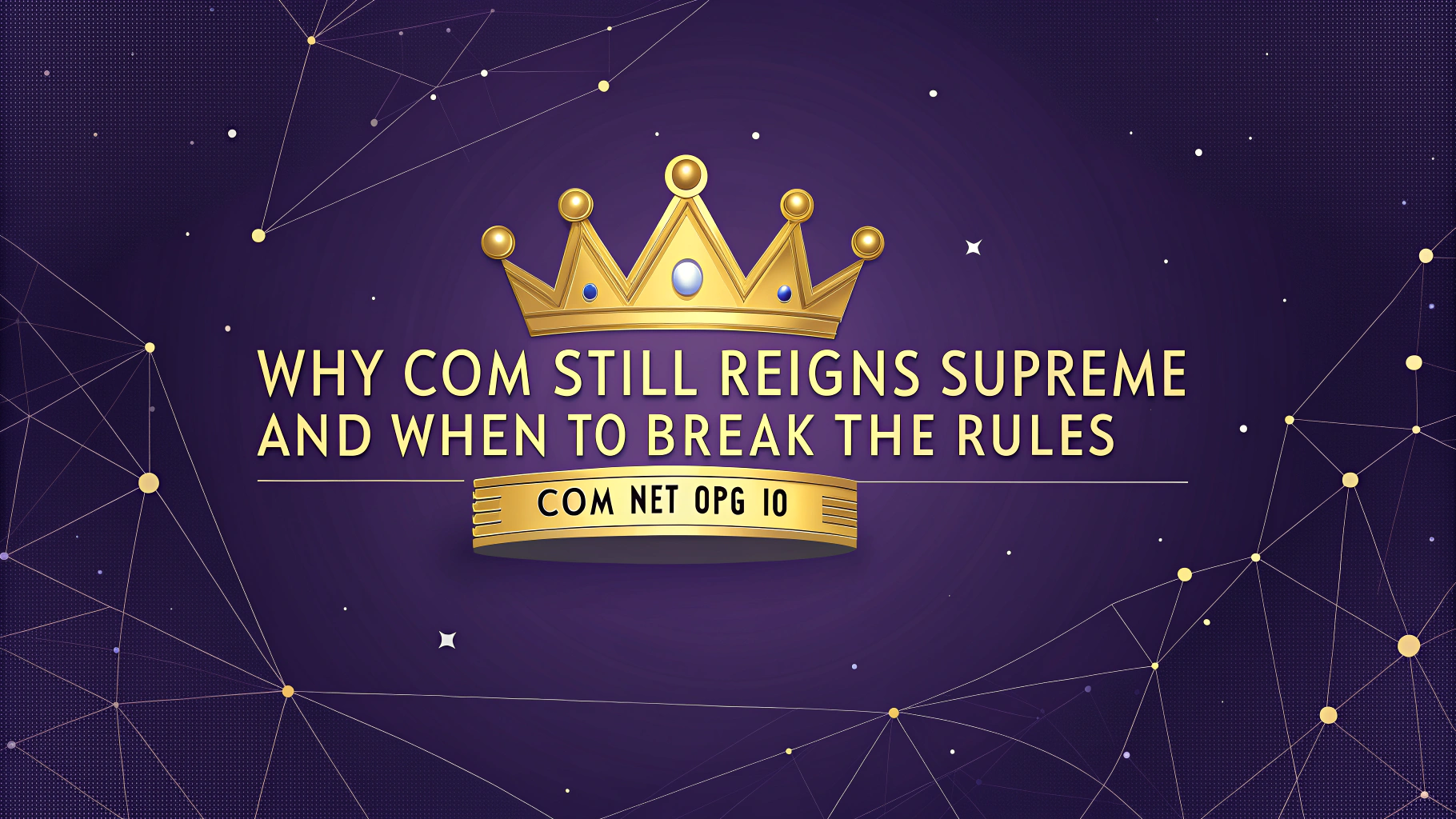The domain name system is evolving. New generic top-level domains (gTLDs) are changing how businesses and individuals brand themselves online. This article explores the pros, cons, and potential pitfalls of these new extensions.
We’ll examine how gTLDs like .app, .shop, and .blog are impacting online presence. You’ll learn strategies to leverage these new options effectively and avoid common mistakes.
Understanding New gTLDs
gTLDs are domain extensions that go beyond traditional options like .com or .org. They include industry-specific extensions (.photography, .travel), brand extensions (.google, .amazon), and generic terms (.xyz, .online).
Examples of popular new gTLDs:
- .app for mobile applications
- .shop for e-commerce stores
- .tech for technology companies
- .blog for personal or professional blogs
The Good: Advantages of New gTLDs
New gTLDs offer unique branding opportunities. They allow businesses to create memorable, industry-specific domain names.
Benefits of new gTLDs:
- Improved availability: More options for finding your ideal domain name
- Enhanced branding: Create a domain that reflects your industry or niche
- Increased relevance: Potentially boost search engine rankings for industry-specific searches
Example: A photography business using “johndoe.photography” instead of “johndoephotography.com”
The Bad: Potential Drawbacks
While new gTLDs offer benefits, they come with challenges. Understanding these issues is crucial for making informed decisions about your online presence.
Potential drawbacks:
- Lower recognition: Some users may be unfamiliar with new extensions
- Typing errors: Longer or unfamiliar extensions may lead to more mistakes
- Higher costs: Some new gTLDs are priced higher than traditional options
Example: A user might mistakenly type “yourbrand.co” instead of “yourbrand.company”
| gTLD | Pros | Cons |
|---|---|---|
| .com | Widely recognized, trusted | Limited availability |
| .shop | Clear e-commerce focus | May be unfamiliar to some users |
| .app | Perfect for mobile applications | Limited use outside app industry |
Choosing the Right gTLD for Your Brand
Selecting the perfect gTLD requires careful consideration of your brand identity and target audience. Here are some factors to keep in mind:
- Industry relevance: Choose a gTLD that aligns with your business sector (e.g., .tech for a software company)
- Brand consistency: Ensure the gTLD complements your existing brand name and messaging
- Target audience: Consider which gTLDs your potential customers are more likely to trust and remember
- SEO impact: Research how different gTLDs might affect your search engine rankings
Example: A fitness blog might opt for “fitnessjourney.blog” over “fitnessjourney.com” to emphasize its content focus.
Implementing gTLDs in Your Marketing Strategy
Integrating new gTLDs into your marketing efforts can boost brand recognition and engagement. Consider these strategies:
- Use industry-specific gTLDs in targeted campaigns (e.g., “summersale.shop” for an e-commerce promotion)
- Create memorable microsites with relevant gTLDs for special events or product launches
- Incorporate gTLDs into social media profiles and marketing materials for consistent branding
Example: A tech startup could use “launch.tech” for their product release campaign, reinforcing their industry focus.
Protecting Your Brand Across Multiple gTLDs
As the domain landscape expands, safeguarding your brand becomes more complex. Take these steps to protect your online presence:
- Register your brand name across relevant gTLDs, even if you don’t plan to use them immediately
- Monitor for trademark infringement on new gTLDs
- Set up domain monitoring services to alert you of potential brand-jacking attempts
Example: A company named “Stellar” might register stellar.com, stellar.app, stellar.tech, and stellar.online to prevent competitors or cybersquatters from using these domains.
Future Trends in gTLDs and Domain Names
The domain name system continues to evolve. Stay ahead of the curve by keeping an eye on these emerging trends:
- Multilingual domain names: Increasing support for non-Latin characters in domain names
- Industry-specific gTLDs: More niche extensions tailored to specific sectors or communities
- Integration with emerging technologies: Potential connections between domain names and blockchain or IoT devices
Example: We might see gTLDs like .智能 (Chinese for “smart”) for IoT devices or .nft for blockchain-based digital assets.
| Trend | Potential Impact | Example |
|---|---|---|
| Multilingual domains | Improved global accessibility | café.com instead of cafe.com |
| Industry-specific gTLDs | Enhanced niche branding | .crypto for blockchain projects |
| Tech integration | New ways to interact with domains | Voice-activated domain navigation |
Conclusion
New gTLDs offer exciting opportunities for businesses and individuals to create unique online identities. By understanding the pros and cons, choosing wisely, and staying informed about emerging trends, you can leverage these new domain extensions to enhance your brand’s online presence.
Remember to:
- Select gTLDs that align with your brand and industry
- Integrate new domains into your marketing strategy
- Protect your brand across multiple gTLDs
- Stay informed about future trends in the domain name system
With careful planning and strategic implementation, new gTLDs can become a powerful tool in your digital branding arsenal.











